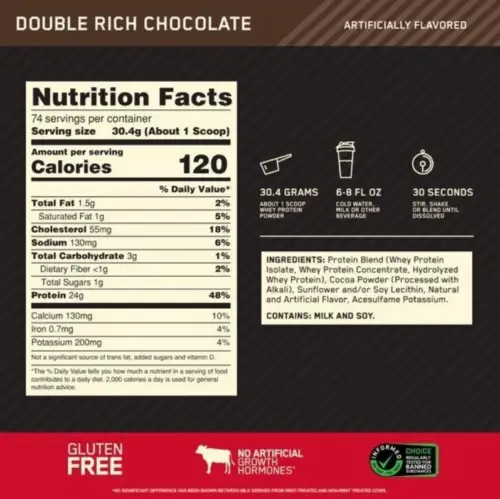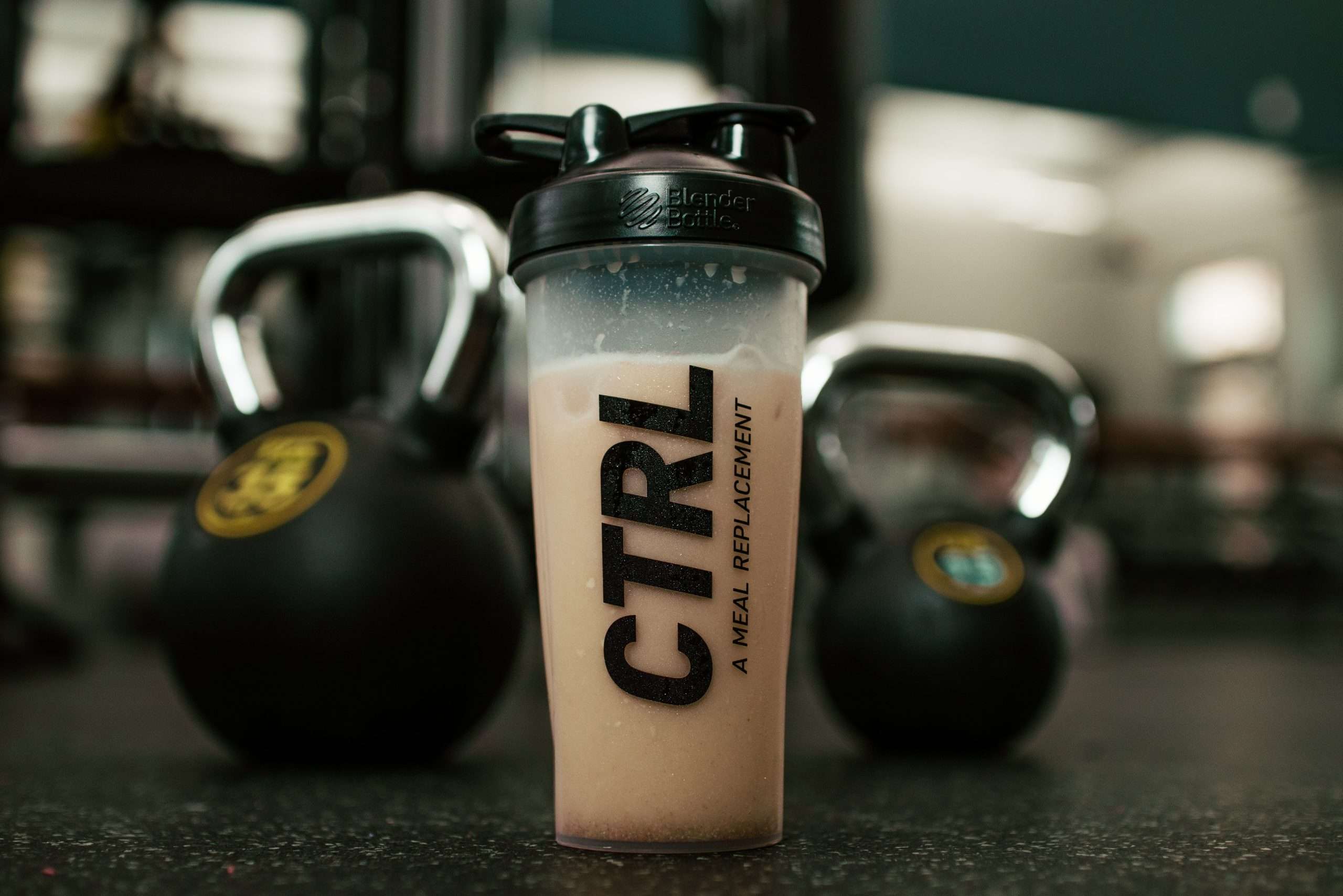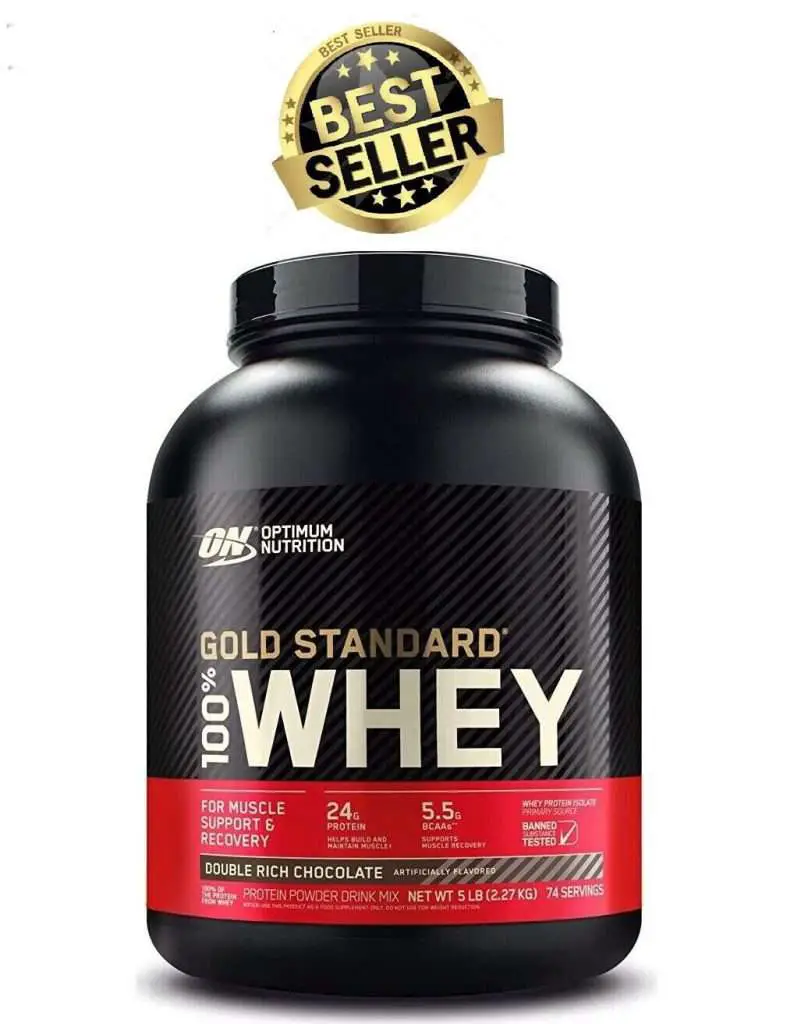Whey protein is a valuable tool for fitness enthusiasts, offering numerous benefits. However, it is crucial to consider individual factors, such as dietary restrictions, allergies, and cost, when incorporating it into your fitness routine. With proper usage and consideration of potential drawbacks, whey protein can be a powerful ally in achieving fitness goals.






- Protein Content
- Amino Acid Profile
- Source and Quality
- Digestibility and Absorption
- Brand Reputation
Pros
- High-quality protein source with a complete amino acid profile.
- Supports muscle growth, recovery, and strength gains.
- Helps regulate appetite and supports weight management.
- Enhances immune system function and overall well-being.
- Convenient and easy to incorporate into a balanced diet.
Cons
- Some individuals may experience digestive discomfort or allergies.
- Not suitable for individuals with dairy allergies or lactose intolerance.
- Availability may be limited in certain areas
Table of Contents:
- Introduction
- Understanding Whey Protein
- The Benefits of Whey Protein for Fitness
- Incorporating Whey Protein into Your Fitness Routine
- Potential Drawbacks and Considerations
- Frequently Asked Questions (FAQs)
- Conclusion: Harnessing the Power of Whey Protein for Fitness
- Rating
1. Introduction:
In the pursuit of an active and healthy lifestyle, individuals often seek ways to optimize their fitness goals. Whey protein, a popular dietary supplement, has gained significant attention due to its potential benefits for fitness enthusiasts. This comprehensive review explores the role of whey protein in the realm of fitness, shedding light on its benefits, considerations, and usage guidelines. With an emphasis on an active voice and employing transition words, we delve into the many facets of whey protein to provide you with a thorough understanding of its potential advantages.
2. Understanding Whey Protein:

2.1. What is Whey Protein?
Whey protein is a high-quality protein derived from milk during the cheese-making process. It contains an array of essential amino acids necessary for muscle repair, growth, and overall well-being. This protein source boasts an impressive biological value, meaning it is readily absorbed and utilized by the body.
2.2. Types of Whey Protein
There are three main types of whey protein: whey protein concentrate (WPC), whey protein isolate (WPI), and whey protein hydrolysate (WPH). Each type differs in terms of protein content, lactose and fat content, and processing methods. Understanding the distinctions can help you choose the most suitable type of whey protein for your fitness needs.
3. The Benefits of Whey Protein for Fitness:
3.1. Muscle Growth and Recovery
One of the primary benefits of whey protein is its ability to support muscle growth and enhance recovery. Whey protein’s rich amino acid profile, particularly its high leucine content, promotes protein synthesis and helps to stimulate muscle hypertrophy. Regular consumption of whey protein in conjunction with resistance training can optimize muscle-building outcomes.
3.2. Weight Management
Incorporating whey protein into a balanced diet can be beneficial for weight management. Protein is known to induce feelings of satiety and can help regulate appetite. Whey protein’s high protein content, low carbohydrates, and fat make it an ideal choice for individuals looking to support their weight loss or maintenance goals.
3.3. Increased Strength and Performance
Athletes and fitness enthusiasts often turn to whey protein to enhance their strength and performance. Whey protein can provide the necessary amino acids to fuel muscle contractions during exercise, leading to improved strength and power output. Additionally, whey protein has been shown to increase the production of glutathione, an antioxidant that helps reduce oxidative stress and support overall athletic performance.
3.4. Enhanced Immune System
Regular physical activity can temporarily suppress the immune system, making individuals more susceptible to illnesses. Whey protein contains immunoglobulins and other bioactive compounds that can enhance immune function and provide support during intense training periods. By incorporating whey protein into their fitness routine, individuals may experience a strengthened immune system and reduced risk of infections.
4. Incorporating Whey Protein into Your Fitness Routine:

4.1. Determining Protein Needs
Before integrating whey protein into your fitness regimen, it’s crucial to determine your protein requirements. Factors such as body weight, activity level, and goals should be taken into account. Consulting with a healthcare professional or registered dietitian can help assess your specific needs and ensure you’re meeting your protein targets.
4.2. Choosing the Right Whey Protein
With various types of whey protein available, selecting the right one can be overwhelming. Whey protein concentrates are a cost-effective option, suitable for most individuals. Whey protein isolates offer a higher protein content with minimal lactose and fat, making them a preferred choice for those with lactose intolerance or specific dietary restrictions. Whey protein hydrolysates are partially broken down, allowing for faster digestion and absorption, making them ideal for post-workout recovery.
4.3. Timing and Dosage
To maximize the benefits of whey protein, it’s essential to consider the timing and dosage. Consuming whey protein within the post-workout window (30 minutes to 2 hours after exercise) can enhance muscle recovery and synthesis. Additionally, incorporating whey protein into meals throughout the day can help meet protein needs. Dosage recommendations vary depending on individual factors, but a general guideline is 20-30 grams per serving.
4.4. Pairing Whey Protein with Exercise
While whey protein can be beneficial on its own, combining it with regular exercise amplifies its effects. Engaging in resistance training, such as weightlifting or bodyweight exercises, stimulates muscle protein synthesis. When combined with adequate protein intake, including whey protein, this synergy can promote muscle growth, strength gains, and overall fitness improvements.

5. Potential Drawbacks and Considerations:
5.1. Digestive Issues
Some individuals may experience digestive discomfort, such as bloating, gas, or diarrhea, when consuming whey protein. This can be attributed to lactose intolerance or sensitivity to whey protein itself. Opting for whey protein isolates or hydrolysates, which have lower lactose content, can minimize these issues. Additionally, starting with a smaller serving size and gradually increasing it can help the body adjust.
5.2. Allergies and Sensitivities
Whey protein is derived from milk, making it unsuitable for individuals with dairy allergies or lactose intolerance. In such cases, alternative protein sources like plant-based proteins (e.g., soy, pea, or hemp) may be more suitable. It’s essential to read labels and choose products that align with your dietary needs and restrictions.
5.3. Cost and Accessibility
Whey protein supplements can vary significantly in price, depending on the brand, type, and quality. While it is an effective protein source, the cost can be a limiting factor for some individuals. Exploring different brands and comparing prices can help find options that fit within your budget. Additionally, accessibility may be a consideration for those living in remote areas where whey protein products may not be readily available.
6. Frequently Asked Questions (FAQs):
6.1. Can women take whey protein?
Absolutely! Whey protein is suitable for both men and women. It provides the same benefits, including muscle growth, recovery support, and weight management. The protein requirements for women may vary based on factors such as activity level, body weight, and goals. Incorporating whey protein into their fitness routine can help women meet their protein needs and support their overall health and fitness goals.
6.2. Is whey protein suitable for vegetarians?
Traditional whey protein is derived from milk and is not suitable for vegetarians. However, there are vegetarian-friendly options available, such as plant-based protein powders made from sources like soy, pea, rice, or hemp. These alternatives can provide comparable benefits to whey protein and are suitable for individuals following a vegetarian or vegan lifestyle.
6.3. Can whey protein help with weight loss?
Whey protein can be a valuable tool in supporting weight loss efforts. Its high protein content helps promote feelings of fullness and can aid in appetite control, reducing overall calorie intake. Additionally, it assists in maintaining lean muscle mass during a calorie deficit, which is essential for sustainable weight loss. However, it’s important to note that whey protein alone will not cause weight loss. It should be incorporated into a balanced diet and combined with regular exercise for optimal results.
6.4. Is it safe for teenagers to consume whey protein?
Whey protein is generally considered safe for teenagers, particularly those involved in regular physical activity or sports. However, it’s essential for teenagers to consult with a healthcare professional or registered dietitian to determine their specific protein needs and ensure appropriate usage. It is recommended that teenagers obtain the majority of their nutrients from whole foods and use supplements like whey protein as a complement to a well-rounded diet.
7. Conclusion: Harnessing the Power of Whey Protein for Fitness
In conclusion, whey protein is a versatile and effective dietary supplement that can play a valuable role in supporting fitness goals. Its benefits, including muscle growth and recovery, weight management support, increased strength and performance, and enhanced immune system function, make it a popular choice among fitness enthusiasts. By incorporating whey protein into their fitness routine, individuals can optimize their nutrition and reap the rewards of this high-quality protein source.
8. Rating:
Overall, whey protein offers numerous benefits for fitness enthusiasts. Its high-quality protein content and amino acid profile make it a valuable tool for muscle growth, recovery, and weight management. However, potential drawbacks such as digestive issues, allergies, cost, and accessibility should be taken into consideration. With careful selection and proper usage, whey protein can be a beneficial addition to a fitness routine, earning a rating of 4.2 out of 5.




